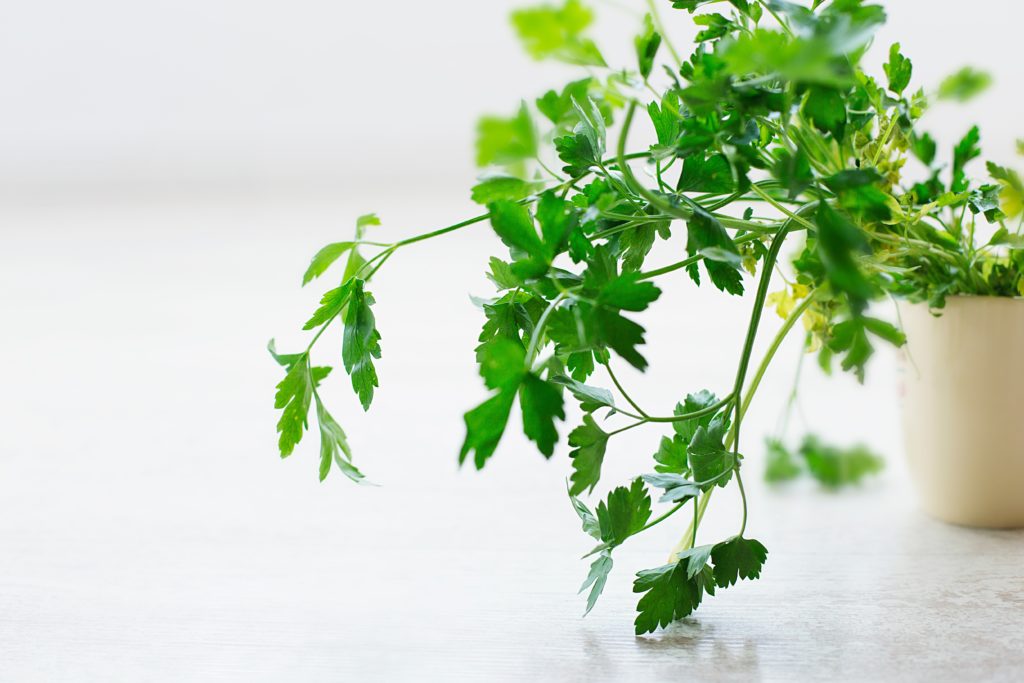All fields are required
Posted in Cyclospora,Cyclospora,Our Blog,Outbreaks & Recalls on September 8, 2019

Spring and Summer months bring so much fun and ways to make memories. This summer we have gotten out to do so many more things outdoors and now that our boys are both getting older we are finding these day trips to be a lot easier. We want to make sure that our outings have positive memories and no illnesses. We follow the CDC closely to monitor outbreaks of illnesses and make sure that the foods we love and consume tons of are not part of any outbreaks that could put a real damper on our summer fun. That’s why Cyclospora in the US is a concern for me!
The CDC is a great place for information on so many topics, but we love it because they update their website with information on outbreaks so often and make sure that the public has a one stop spot for knowledge about recalls, outbreaks and so many other things. Recently they gave a lot of information about Cyclospora and outbreak investigations:
While cyclosporiasis cases are reported year-round in the United States, cyclosporiasis acquired in the United States (i.e., “domestically acquired”, or cases of cyclosporiasis that are not associated with travel to a country that is considered endemic for Cyclospora) is most common during the spring and summer months. The exact timing and duration of U.S. cyclosporiasis seasons can vary, but reports tend to increase starting in May. In previous years the reported number of cases peaked between June and July, although activity can last as late as September. The overall health impact (e.g., number of infections or hospitalizations) and the number of identified clusters of cases (i.e., cases that can be linked to a common exposure) also vary from season to season.
Latest Information
Cyclospora infection is diagnosed by examining stool specimens. Diagnosis can be difficult in part because even patients who are symptomatic might not shed enough oocysts in their stool to be readily detectable by laboratory examinations. Therefore, patients might need to submit several specimens collected on different days. Identification of the parasite requires special laboratory tests that are not routinely done when stool is tested for parasites. Therefore, if indicated, health care providers should specifically request testing for Cyclospora.
Trimethoprim/sulfamethoxazole (TMP/SMX), sold under the trade names Bactrim, Septra, and Cotrim, is the usual therapy for Cyclospora infection. No highly effective alternative antibiotic regimen has been identified yet for patients who do not respond to the standard treatment or have a sulfa allergy.
Most people who have healthy immune systems will recover without treatment. If not treated, the illness may last for a few days to a month or longer. Symptoms may seem to go away and then return one or more times (relapse). Anti-diarrheal medicine may help reduce diarrhea, but a health care provider should be consulted before such medicine is taken. People who are in poor health or who have weakened immune systems may be at higher risk for severe or prolonged illness.
On the basis of the currently available information, avoiding food or water that may have been contaminated with feces is the best way to prevent cyclosporiasis. Travelers to cyclosporiasis-endemic areas (such as tropical and subtropical regions) should be aware that treatment of water or food by routine chemical disinfection or sanitizing methods is unlikely to kill Cyclospora. No vaccine for cyclosporiasis is available.
Consumers and retailers should always follow safe fruit and vegetable handling recommendations:
Wash: Wash hands with soap and warm water before and after handling or preparing fruits and vegetables. Wash cutting boards, dishes, utensils, and counter tops with soap and hot water between the preparation of raw meat, poultry, and seafood products and the preparation of fruits and vegetables that will not be cooked.
Prepare: Wash all fruits and vegetables thoroughly under running water before eating, cutting, or cooking. Fruits and vegetables that are labeled “prewashed” do not need to be washed again at home. Scrub firm fruits and vegetables, such as melons and cucumbers, with a clean produce brush. Cut away any damaged or bruised areas on fruits and vegetables before preparing and eating.
Store: Refrigerate cut, peeled, or cooked fruits and vegetables as soon as possible, or within 2 hours. Store fruits and vegetables away from raw meat, poultry, and seafood.
Cyclosporiasis occurs in many countries, but it seems to be most common in tropical and subtropical regions. In areas where cyclosporiasis has been studied, the risk for infection is seasonal. However, no consistent pattern has been identified regarding the time of year or the environmental conditions, such as temperature or rainfall.
In the United States, foodborne outbreaks of cyclosporiasis have been linked to various types of imported fresh produce, such as raspberries, basil, snow peas, mesclun lettuce, and cilantro; no commercially frozen or canned produce has been implicated to date.
Keeping up with information about outbreaks and knowing where your food comes from is a very important part of keeping cyclospora under control for your family. We purchase our produce at local farmer’s markets and have had great success with even growing our own. In the case of cyclospora often knowledge is power.
By: Samantha Cooper, Contributing Writer (Non-Lawyer)